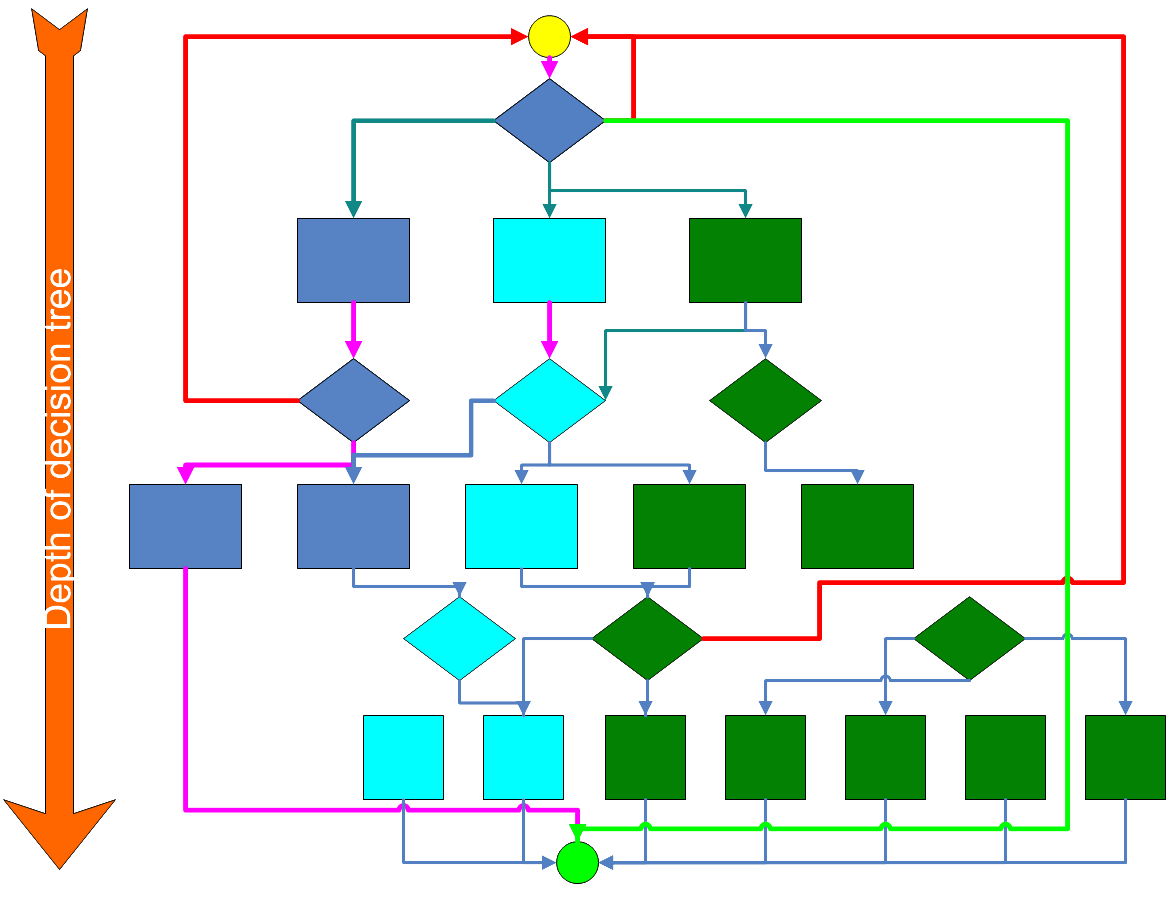
It is great to have options but having options also mean that you have to pick and choose.
Stating the obvious regarding the decision process:
- There are always a minimum of two options, to act or not to act – each having consequences that we have to live with.
- Decisions can be as simple as flipping a coin and can be as complex and unnerving as your first date
- Decisions involving one person is easier than those involving more people.
- Wrong information and bad assumptions will lead to bad decisions.
- Decisions can speed up when there are less options to choose from. However, when there are less choices, it also become more predictable.
- Decisions can speed up if the evaluation process is simple and relevant.
- It is hard to think clearly when a lot is at stake or you are under stress or when time is of essence.
- It is easier to stick with a macro-level decision than a micro-decision. Furthermore, it is easier if you can ask the right question early on.
- It is easier to make decisions over a static situation than a volatile dynamic scene.
- Second time around is always faster and easier.
- Resetting is time consuming.
- Decisions can be wrong and may need to be reviewed at some strategic point. However, most people will stay committed to their decisions when they feel that success is within reach.
Slightly less obvious:
- Decisions often involve trade-offs. Prioritize. Unwilling to take a less than perfect solution will cripple you.
- Decision making is a trainable skill. You can make improvements by learning the right process and with practice.
- Decisions can be made with different levels of details at different times – strategic decisions, tactical decisions to something that are simply reflexes. During the different phases of conflicts you are required to make more than one decision.
- A fight involves two or more persons – you (singular or plural) and your opponent(s). You have to make decisions but so does your adversary. The challenge is to create a margin so that you achieve your goals.
- Logic and emotions does not always work together – there is a time and place for both, learn to use them wisely.
- Decisions happen everyday – as an example, slacking off is a decision in itself and have consequences. You will make mistakes but it is only through these mistakes that you find yourself.
Exercise or discussion points (email me with your thoughts):
- Do you understand and agree with the above points? Ask and discuss if you don’t.
- What is the diagram on the top hinting at?
- How can you take advantage of each above points and work it into your techniques and training?
The art of decision making

Comments are closed.